Microbiology has traditionally focused on infectious diseases and the natural environment; however, relatively little is known about microbial communities within built-environments such as homes, offices, and public spaces. Considering that humans now spend 90% of their time indoors, it is important to identify the microorganisms present, and determine how they got there and how they affect human health. Mass transit is a "perfect storm" of these factors: multiple people interact via different surfaces and materials on geographically distinct subway lines and stations.
For this study, we profiled microbial communities on the Boston subway system, which is operated by Massachusetts Bay Transportation Authority (MBTA), also affectionately known as the "T". Specifically, we collected samples from the green, red, and orange lines, as well as Riverside, Alewife, Forest Hills, Park Street, and South Station. On the trains, we swabbed seats, seat backs, horizontal and vertical poles, hanging grips, and walls; within the stations, we swabbed the touchscreens and sides of ticketing machines. This sampling design allowed us to distinguish how human contact, surface types, and material composition individually affect microbial communities.
You can watch our video abstract here.
If you find this data or analysis useful, please cite our paper:
Hsu T*, Joice R*, Vallarino J, Abu-Ali G, Hartmann EM, Shafquat A, DuLong C, Baranowski C, Gevers D, Green JL, Morgan XC, Spengler JD, Huttenhower C# Urban transit system microbial communities differ by surface type and interaction with humans and environment. (In progress)
* Co-first authors
# Senior/corresponding author
The BioProject for this paper is PRJNA301589.
Download protocols and supplementary tables here: Protocol
Supplemental Tables can be found here.
Supplemental Table 1: Sample collection and metadata
Supplemental Table 2: Filtered 16S OTU table and unfiltered MetaPhlAn table
Supplemental Table 3: LEfSe/MaAsLin analysis for 16S data
Supplemental Table 4: MaAsLin analysis for shotgun data Supplemental Table 5: Antibiotic resistance gene and virulence factor tables
Download raw data here:
16S OTU tables
This folder contains raw and filtered tables (described by an included README). They can be used to examine chloroplast/mitochondrial content.
KO reads per kilobase (RPKs)
This spreadsheet contains RPKs for KOs before and after removal of P. acnes. We filtered for KOs with mean abundance > 50% and variance > 90% in R before proceeding to MaAsLin analysis.
Protocol link updated 03/14/17. Last updated 03/15/16.
